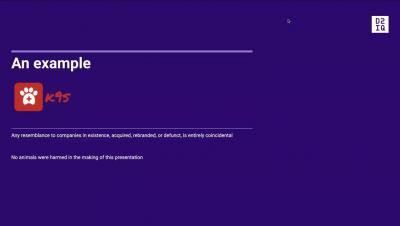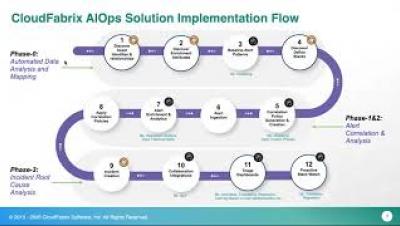Operations | Monitoring | ITSM | DevOps | Cloud
Machine Learning
Machine learning log analysis and why you need it
Your log analysis solution works through millions of lines of logs, which makes implementing a machine learning solution essential. Organizations are turning to machine learning log alerts as a replacement or enhancement of their traditional threshold alerts. As service uptime becomes a key differentiator, threshold alerts are only as good as your ability to foresee an issue.
MLTK Smart Workflows
I’m excited to announce the launch of a new series of apps on Splunkbase: MLTK Smart Workflows. These apps are domain-specific workflows, built around specific use cases, that can be used to help you develop a set of machine learning models with your data. In this blog post, I’d like to take you through the process we adopted for developing the workflows.
Detect Ransomware in Your Data with the Machine Learning Cloud Service
While working with customers over the years, I've noticed a pattern with questions they have around operationalizing machine learning: “How can I use Machine Learning (ML) for threat detection with my data?”, “What are the best practices around model re-training and updates?”, and “Am I going to need to hire a data scientist to support this workflow in my security operations center (SOC)?” Well, we are excited to announce that the SplunkWorks team launched a new add-
Train, evaluate, monitor, infer: End-to-end machine learning in Elastic
Machine learning pipelines have evolved tremendously in the past several years. With a wide variety of tools and frameworks out there to simplify building, training, and deployment, the turnaround time on machine learning model development has improved drastically. However, even with all these simplifications, there is still a steep learning curve associated with a lot of these tools. But not with Elastic.
How to Automate the End-to-End Lifecycle of Machine Learning Applications
Machine Learning (and deep learning) applications are quickly gaining in popularity, but keeping the process agile by continuously improving it is getting more and more complex. There are many reasons for this, but primarily, behaviors are complex and difficult to anticipate, making them resistant to proper testing, harder to explain, and thus not easy to improve.
Predicting and Preventing Crime with Machine Learning - Part 2
In the first part of this blog series, we presented a use case on how machine learning can help to improve police operations. The use case demonstrates how operational planning can be optimized by means of machine learning techniques using a crime dataset of Chicago. However, this isn’t the only way to predict and prevent crime. Our next example takes us to London to have a look at what NCCGroup’s Paul McDonough and Shashank Raina have worked on.
Kafka Data Pipelines for Machine Learning Enterprise Applications
Traditional enterprise application platforms are usually built with Java Enterprise technologies and this is the case as well for OpsRamp. However, in machine learning (ML) world, Python is the most commonly used language, with Java rarely used. To develop ML components within enterprise platforms, such as the AIOps capabilities in OpsRamp, we have to run ML components as Python microservices and they communicate with Java microservices in the platform.









